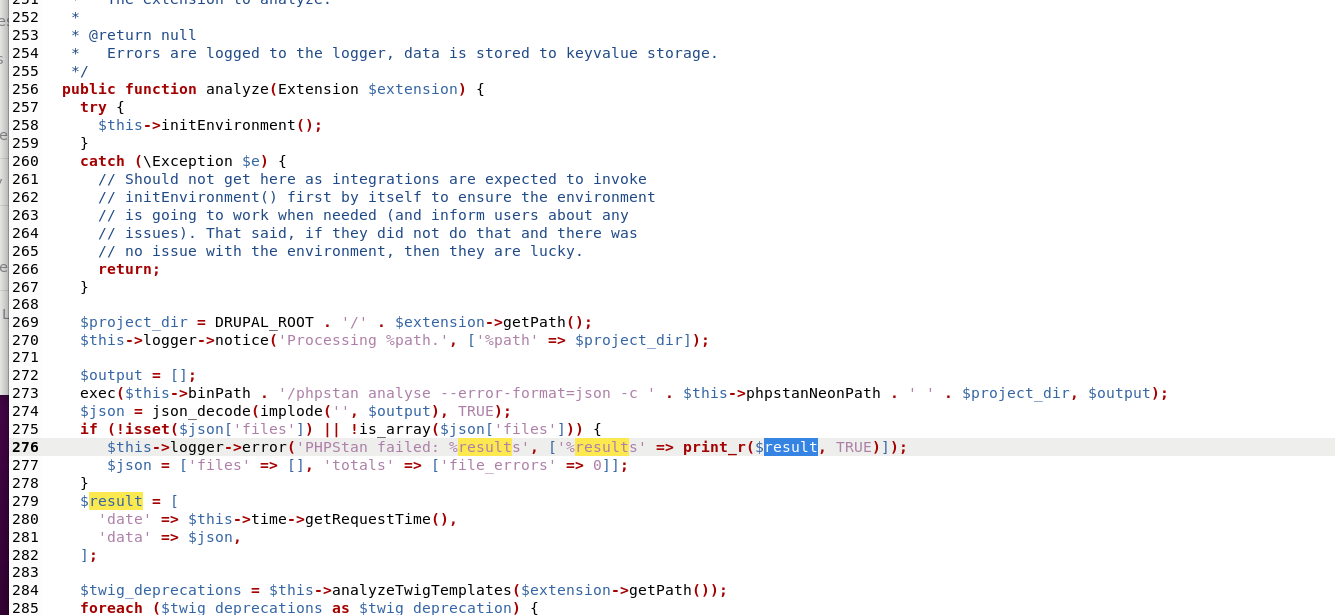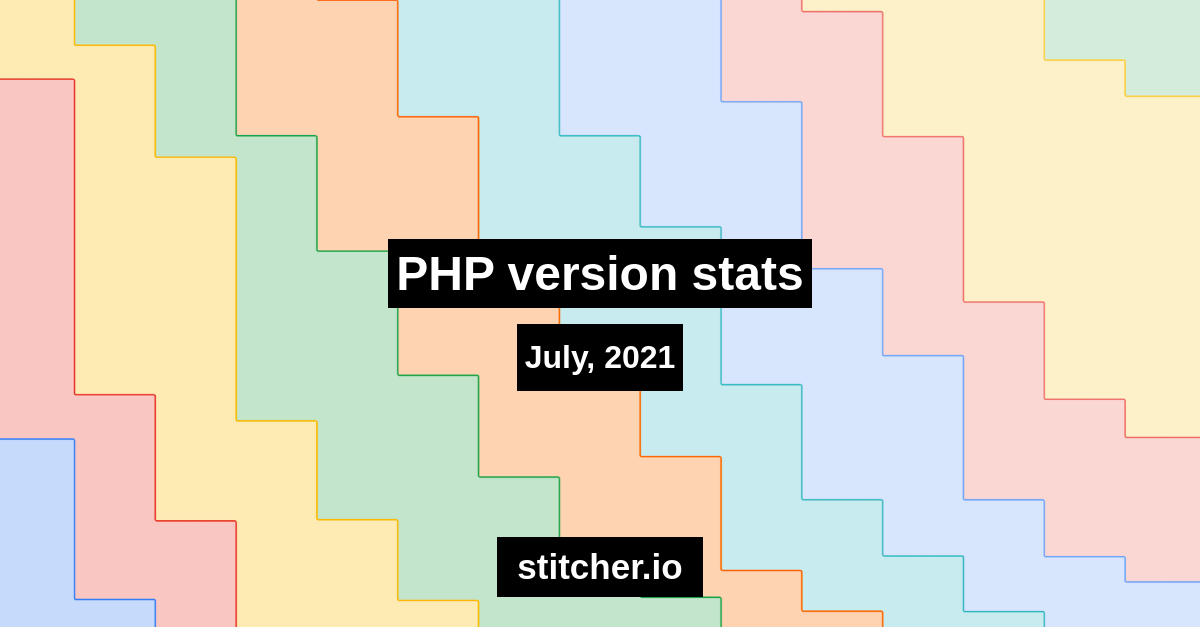

In this case, the asset’s book value is $20,000: the historical cost of $25,000 less the accumulated depreciation of $5,000. Book value is the amount of the asset that has not been allocated to expense through depreciation. Accumulated depreciation is subtracted from the historical cost of the asset on the balance sheet to show the asset at book value. In this case, the asset account stays recorded at the historical value but is offset on the balance sheet by accumulated depreciation. Accumulated depreciation is a contra account, meaning it is attached to another account and is used to offset the main account balance that records the total depreciation expense for a fixed asset over its life. The journal entry to record depreciation is shown here.ĭepreciation expense is a common operating expense that appears on an income statement. We expect $40,000 in depreciation over the time period in which the asset was used, and then it would be sold for $10,000.ĭepreciation records an expense for the value of an asset consumed and removes that portion of the asset from the balance sheet. For example, if we paid $50,000 for an asset and anticipate a salvage value of $10,000, the depreciable base is $40,000.

Salvage (residual) value: the price the asset will sell for or be worth as a trade-in when its useful life expires.Useful life: the length of time the asset will be productively used within operations.Book value: the asset’s original cost less accumulated depreciation.The following items are important in determining and recording depreciation: The calculation of the depreciation expense for a period is not based on anticipated changes in the fair market value of the asset instead, the depreciation is based on the allocation of the cost of owning the asset over the period of its useful life. For example, if we buy a delivery truck to use for the next five years, we would allocate the cost and record depreciation expense across the entire five-year period. The expense recognition principle that requires that the cost of the asset be allocated over the asset’s useful life is the process of depreciation. We consider three of the most popular options, the straight-line method, the units-of-production method, and the double-declining-balance method.Ĭomponents Used in Calculating Depreciation Finally, in terms of allocating the costs, there are alternatives that are available to the company.

We also address some of the terminology used in depreciation determination that you want to familiarize yourself with.
#Php 5.2 decprecation plus
For example, if our company purchased a drill press for $22,000, and spent $2,500 on sales taxes and $800 for delivery and setup, the depreciation calculation would be based on a cost of $22,000 plus $2,500 plus $800, for a total cost of $25,300.

In the determination of capitalized costs, we do not consider just the initial cost of the asset instead, we determine all of the costs necessary to place the asset into service. In this section, we concentrate on the major characteristics of determining capitalized costs and some of the options for allocating these costs on an annual basis using the depreciation process. Long-Term Assets 68 Explain and Apply Depreciation Methods to Allocate Capitalized Costs


 0 kommentar(er)
0 kommentar(er)
